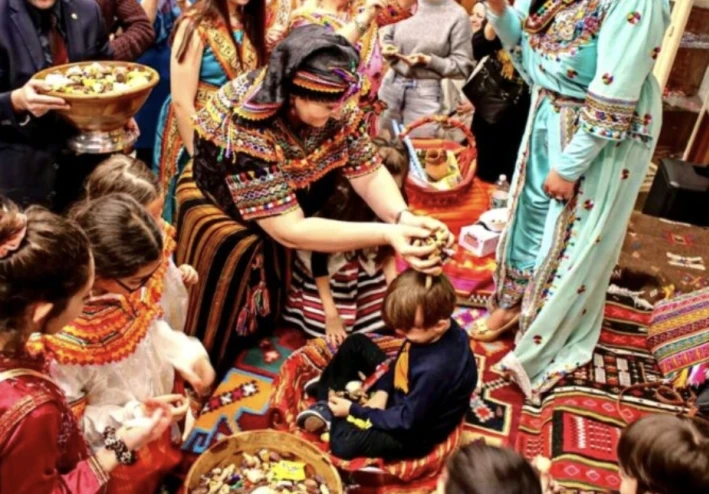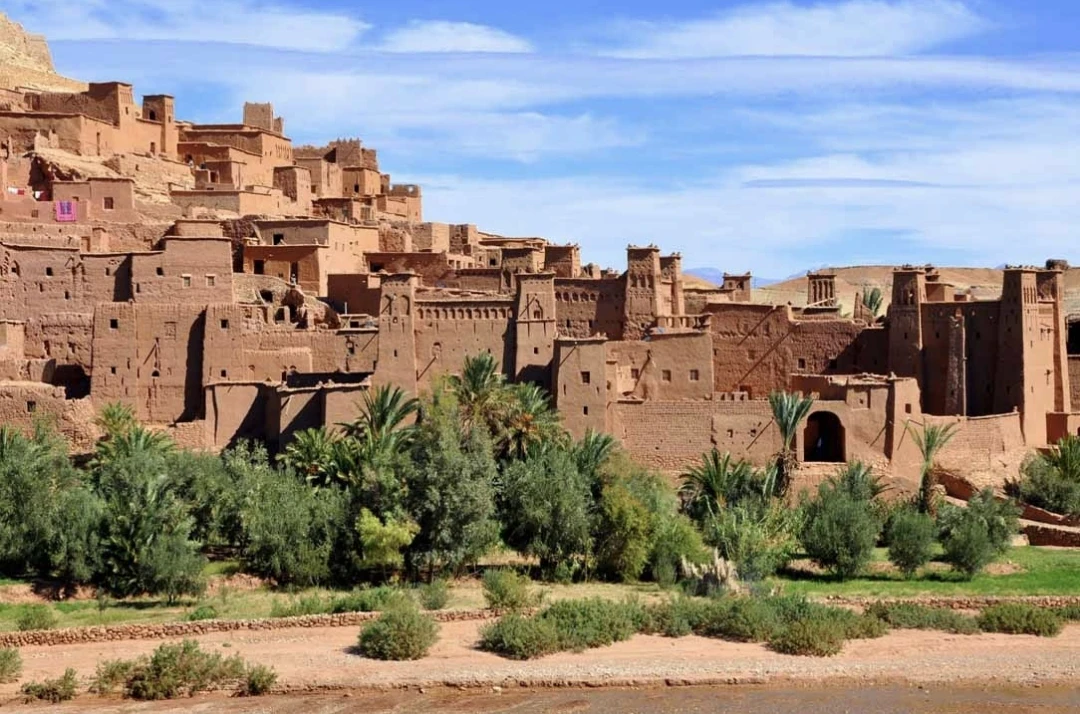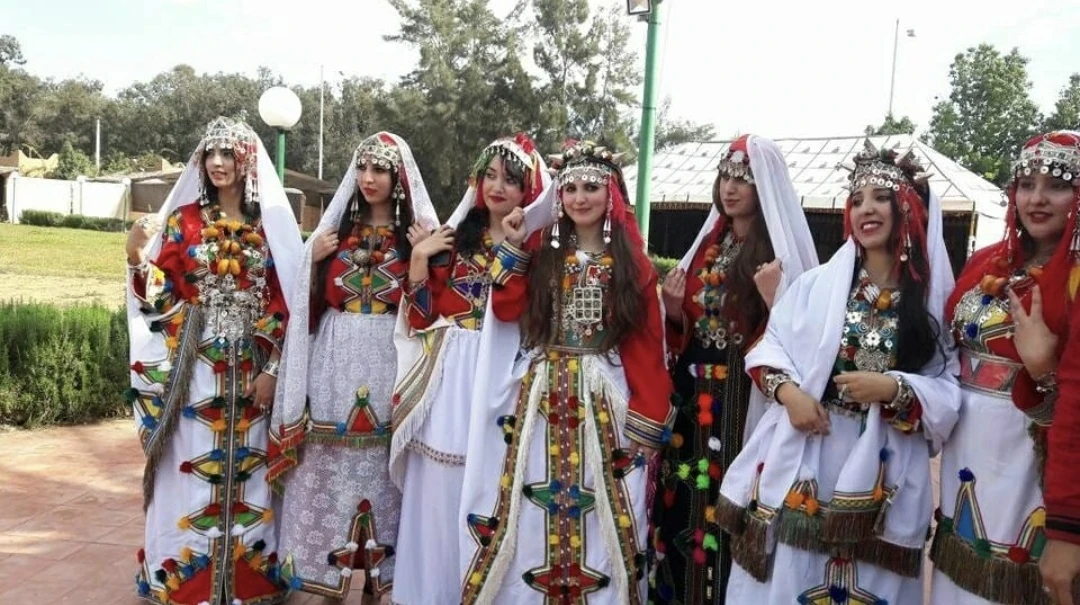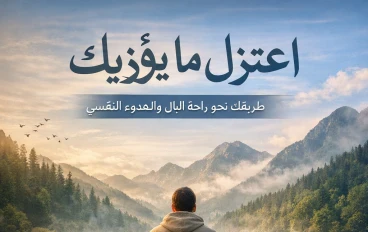
Amazigh Heritage in Morocco: The Vibrant Heart of an Ancient La
Amazigh heritage in Morocco
The Amazigh (Berber) culture is a cornerstone of Morocco's heritage, with roots extending over 10,000 years and a profound presence in daily life, arts, and national identity. Below is a detailed exploration of Amazigh history, language, symbols, daily cultural expressions, coexistence with other communities, prominent figures, and the ongoing efforts to preserve the Amazigh language and culture.

Historical Roots
The Amazigh are the indigenous people of North Africa, predating Arab, Roman, and European influences. Archaeological evidence, including 12,000-year-old cave paintings, attests to their ancient presence, and their culture formed the historical foundation of Morocco. Over millennia, the Amazigh resisted various invasions, maintaining their identity and eventually coexisting with Arab, Jewish, and European communities in a multi-ethnic Morocco.
Language and Symbols
The Amazigh language (Tamazight) is a branch of the Afro-Asiatic family and is written in the Tifinagh alphabet. Tifinagh symbols such as ⵣ (Yaz) symbolize freedom and identity, while motifs like triangles, lozenges, and zigzags in Amazigh art symbolize womanhood, protection, and the flow of life. These symbols are integral in carpets, tattoos, jewelry, and daily communication, carrying deep spiritual and social meanings.
Daily Life: Music, Dance, Dress, Cuisine, and Arts
Music and dance are central to Amazigh cultural expression, with unique forms such as the Taskiwine martial dance listed by UNESCO, and ceremonies featuring traditional instruments like the ribab (lute) and drums. Amazigh cuisine includes distinct dishes like couscous, tagine, msemmen, and unique bread prepared in clay ovens, with foods closely tied to local agriculture and seasonal cycles.The Amazigh are celebrated for their vibrant textiles, carpets, pottery, silver jewelry, and body art, all made using sustainable techniques passed down through generations. Clothing varies by region, often featuring embroidered robes, colorful sashes, and distinctive berber silverwork. These crafts are essential both for daily living and for marking life events and celebrations.
Amazigh dress

Amazigh Role in Moroccan Identity and Coexistence
Amazigh culture forms the bedrock of Moroccan identity, embodying values of endurance, freedom, and spirituality. Over centuries, the Amazigh, Arabs, Jews, and others have coexisted, creating a uniquely diverse Moroccan society. Amazigh cultural heritage is reflected in the language, music, cuisine, and social traditions that blend influences from African, Arab, and Mediterranean civilizations.
Prominent Amazigh Figures
Tariq ibn Ziyad: Led the Muslim conquest of Spain, shaping Iberian history.Ibn Battuta: The renowned medieval traveler whose writings document Amazigh societies.Ibn Tumart: Founder of the Almohad dynasty, and a leader in religious reform.Many other figures, including Queen Kahina and poets like Abu al-Qasim al-Zayyani, have left lasting legacies in history, scholarship, and leadership.
Preservation of Amazigh Language and Integration
Following a history of marginalization, the Amazigh language gained official status in Morocco's 2011 Constitution, signaling national recognition and support for cultural diversity. The Royal Institute of Amazigh Culture (IRCAM) was established to standardize Tamazight and oversee its integration into schools and media. Today, Amazigh is taught as a mandatory school subject, broadcast in public media, and used in public signage, helping to preserve and revitalize the language for new generations.
Conclusion
The Amazigh culture remains a vital and evolving element of Morocco's national and human heritage, providing a source of identity, artistic richness, and intercultural harmony. Its preservation and celebration are essential not only for Morocco but for the world's appreciation of diversity and ancient civilizations



































